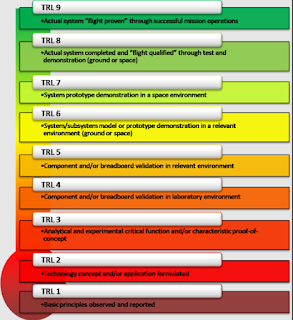Summer Update – Now earning a warm meal a day and suffering from indigestion!

Hi everyone – greetings from the Open European Network for Enterprise Innovation team and perhaps a long-awaited update on where we have been, are and are going. We have admittedly been rather quiet over the past months – not for lack of having anything to share as you will see, but more from finally getting traction in a number of projects, commercializing enough to buy us a warm meal a day and realizing that we need to have small meals to prevent indigestion with ensuing frustration. So, what have been up to? Below a summary of ongoing activities and as ever, if you are interested in getting more engaged do reach out – enough exciting activities to join! Besides the below there is a wide spectrum of funding proposals we are working on. Horizon Europe and the Eureka program are offering many great opportunities, and our emerging commercial model of “appreciation” fees plus work-package reservation and success “commission” is being warmly received. With a bit of luck we will also





